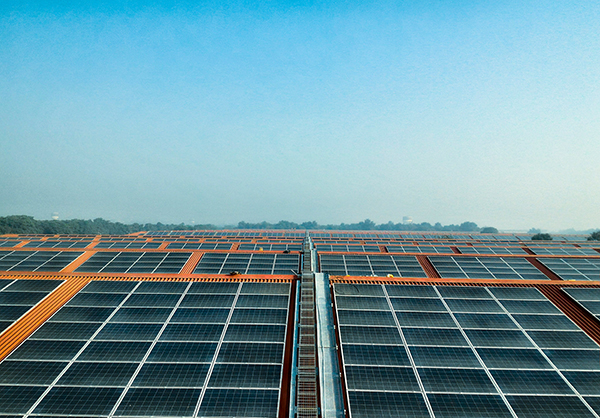Scientists tested various machine learning algorithms to predict the optimal tilt angle (OTA) of solar projects in 37 Indian cities, leading to improvements of up to 90%.
An international group of researchers has used feature selection-based artificial neural networks (ANN) with various machine learning algorithms to predict the OTA of PV systems. They conducted their experiments at 37 locations in India, and depending on the ANN evaluated, the accuracy improvements ranged from 38.59% to 90.72%.
“The OTA of the solar panels is one of the crucial variables that determine the effective installation and operation of PV systems,” the group said. “An OTA ensures that the sun’s rays are maximally absorbed by the material. When collecting solar energy, PV panels are affected by the angle at which light from different directions reaches them. Consequently, the annual energy production of the system is directly influenced by the choice of the appropriate tilt angle.”
The experiment was based on information obtained from the NASA Power Data Access Viewer website and included the following parameters: global solar irradiance (SR), diffuse SR, extraterrestrial SR, global SR on a tilted surface, and the brightness index. They pulled data from 37 Indian cities, including New Delhi, Mumbai, Bangalore and Kolkata.
“In machine learning and data analytics, feature selection is a crucial step that determines which variables and predictors in a dataset are most significant and contribute to a model’s predictive potential,” the academic team explains. “Relevant feature selection minimizes overfitting, increases interpretability and increases model accuracy. A list of feature selection methods can be found in the following subsections.”
The team used feature selection techniques, including the Pearson correlation coefficient, to assess the strength of data associations and signal-to-noise ratio to simplify the process in noisy conditions. After applying these methods, they chose not to include alien SR in the ANN prediction models.
“The input of global SR, diffuse SR and the monthly mean brightness index showed a stronger negative relationship with the output of OTA compared to the extraterrestrial radiation which showed a negligible relationship with the output of OTA,” they said. “Global SR on tilted surfaces showed a moderate positive relationship. A negative correlation means that as global SR, diffuse SR, and monthly mean brightness index increase, the OTA decreases. The alien radiation input has a lower signal-to-noise value, implying that the correlation with OTA is low.”
Six ANN algorithms were then tested and their predicted tilt angle compared to real OTA target values. The improvement in prediction accuracy (IPA) was then calculated to show how the feature selection had improved the mean square error (MSE) when compressed to the MSE of the calculation with all parameters.
The lowest IPA was recorded in the case of the scaled conjugate gradient (SCG), showing an improvement of 38.59%. That was followed by an IPA of 53.33% with the Levenberg-Marquardt (LM) case and 66.93% for the Polak-Ribiere conjugate gradient (PRCG). One-step secant (OSS) had an IPA of 86.88%, while the Broyden-Fletcher-Goldfarb-Shanno (BFGS) registered 89.53%. The Elman neural network (ELM) achieved the best improvement, namely 90.72%.
“The models developed in this study are used to optimize energy production, increase efficiency and make informed judgments about the tilt angles of solar panels,” the academics said. “The model helps industry participants achieve better results and promote OTA use by predicting across locations. Future research work can focus on OTA predictions using highly accurate measured values of solar radiation and incorporating other factors such as dust, pollution and aerosols. Other region-specific OTA models will be developed and validated under different climatic conditions.”
They presented their results in “New feature selection based on ANN for optimal prediction of the tilt angles of solar panels in a microgrid”, which was recently published in Case studies in thermal engineering. The research was conducted by scientists from India’s SR University, IIMT University, Government College Hamirpur, COER University, South Korea’s Gachon University and Hungary’s Eötvös Loránd University.
This content is copyrighted and may not be reused. If you would like to collaborate with us and reuse some of our content, please contact: editors@pv-magazine.com.


